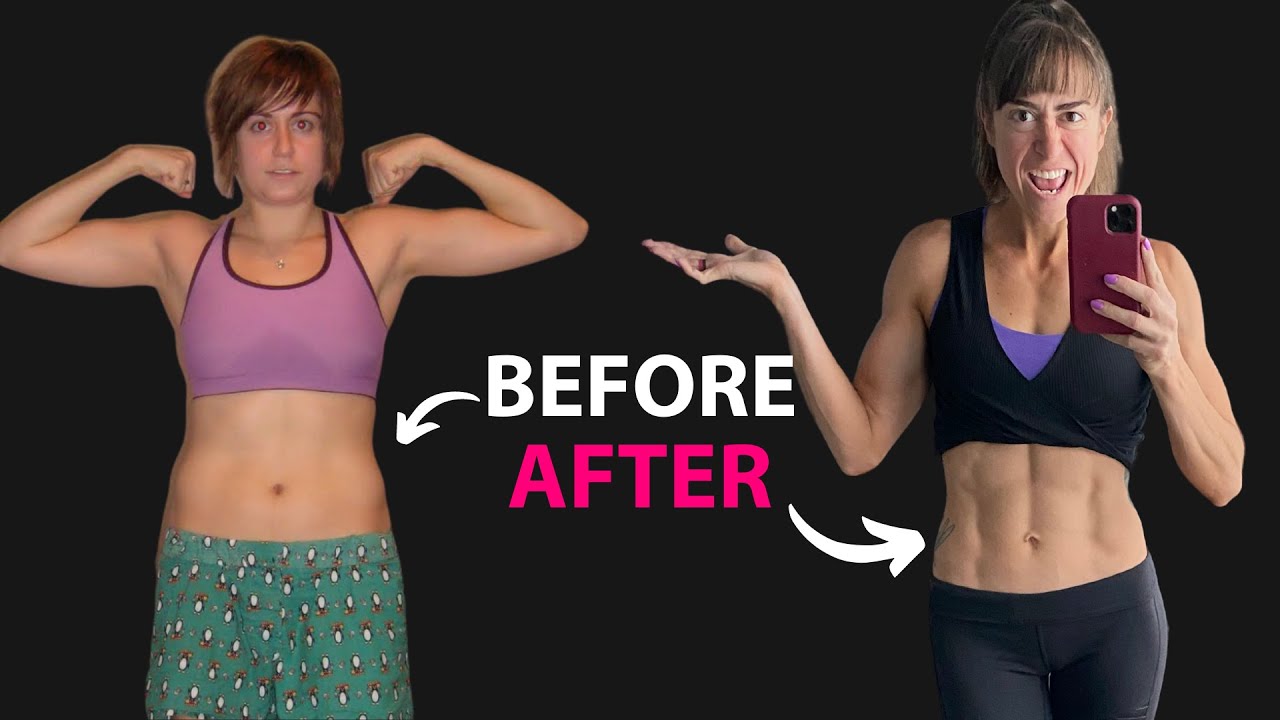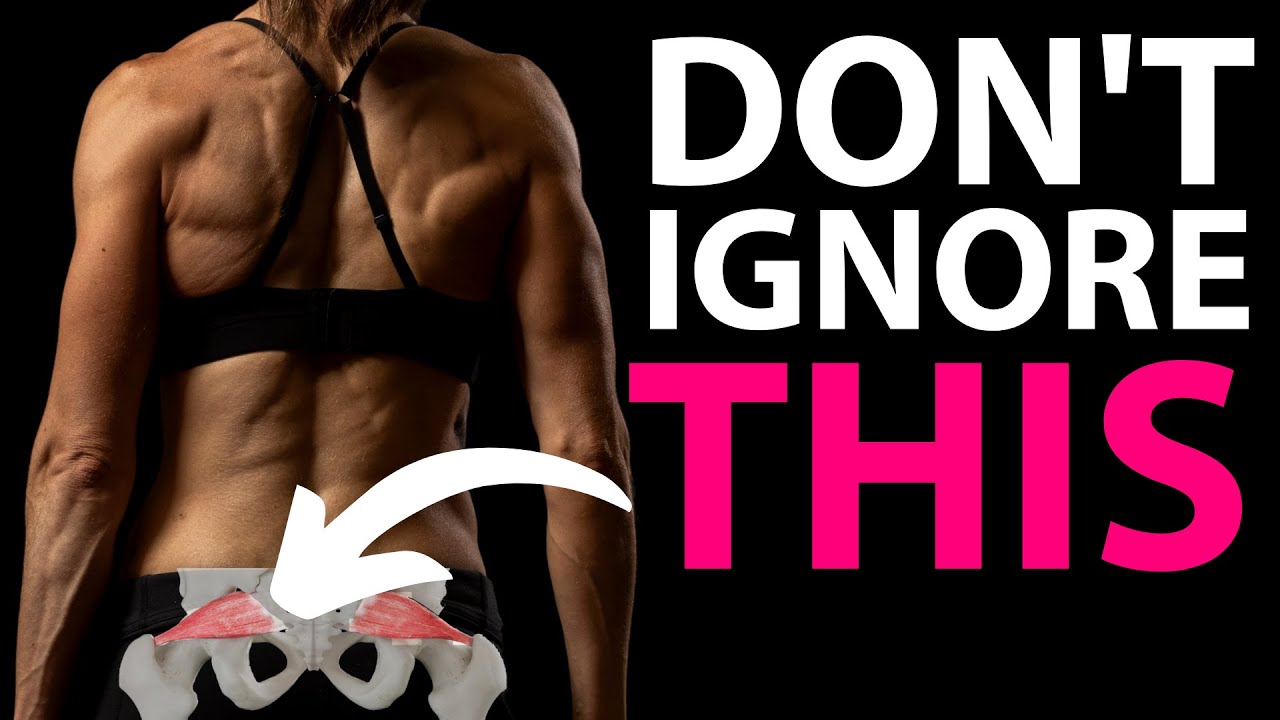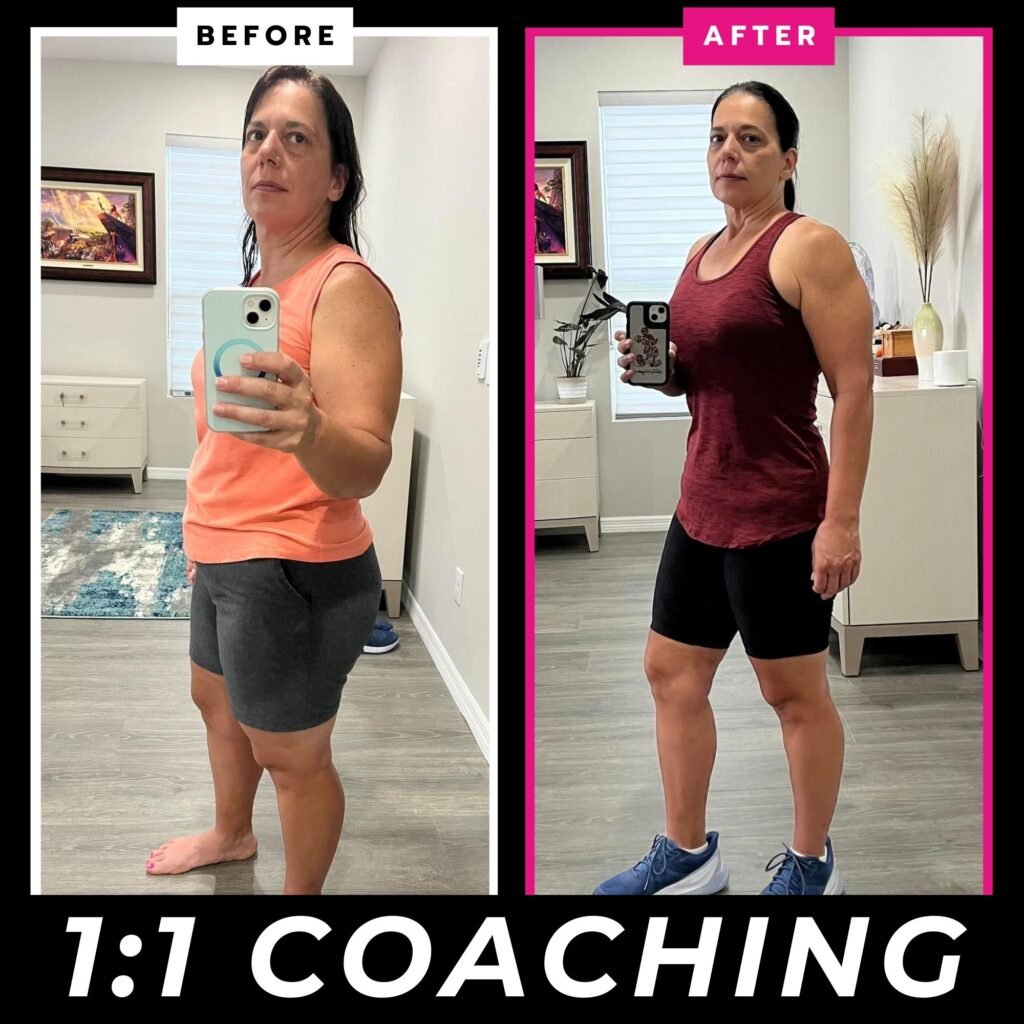Yes it would be amazing if we could all just know the correct portions and only eat to fuel our body.
But that’s not the relationship most of us have with food.
Food is so much more than just fuel and that isn’t a bad thing.
It does however often mean we need to re-learn what proper portions are.
I know some of you may now be thinking, “But tracking is soooo restrictive and I could never do that forever.”
But tracking isn’t restrictive. The only thing judging your nutrition is YOU.
Tracking is a learning tool to better understand how to fuel your body.
It isn’t telling you to cut anything out.
And it may even help eat MORE instead of slashing your calories super low in an attempt to get results faster.
It’s also a way you can find a balance where you DON’T have to restrict any specific foods and CAN eat the things you love.
Tracking is a way to educate yourself about how different foods impact YOU and YOUR results.
So anyone telling you that you don’t have to track?
They just honestly don’t want to have to deal with teaching you because they know it’s not a fun thing to do.
It’s tedious. And boring. And confusing to start.
It’s HARD and we all want that quick fix.
However it’s also the SIMPLE answer as to what to do if you want the best body recomposition results as efficiently as possible.
It’s the best way to retain and even build lean muscle as you lose fat.
It’s the best way to know what is and isn’t working so you can make small tweaks as you go.
Also…so often those people claiming you don’t have to track?
Well they often ultimately just tell you to track in some hyped up way.
The simple fact is…Tracking is the tool to a better understanding of your nutrition.
Not only does one size not fit all but our needs and goals change over time.
While we’re ultimately looking to adjust our nutrition and make those changes a lifestyle, we have to recognize that our lifestyle is constantly evolving so why wouldn’t our diet change as well?
Only when you truly understand the foundation of nutrition can you adjust your intake to meet your ever changing needs and goals.
So if you want to achieve amazing body recomposition results and sustain those results long-term?
It’s time to suck it up and learn how to track your macros.
Here are 4 Tips To Help You Start Tracking Macros:
These tips are ones that help me finally accept the fact that I had to track and have helped my clients embrace counting macros even when they’ve been overwhelmed by the process in the past.
Because we have to remember that the simple solution isn’t always the EASIEST one.
Tip #1: Just Start By Tracking Your Current Diet
There is a big push in the dieting industry to “eat clean” and cut out all processed foods from your diet.
And while this is great in theory, it’s unrealistic long-term for most of us in practice.
I give you a huge round of applause if you never want ice cream or cookies or pizza or anything not 100% meant to better your health.
But as a person who WANTS and ENJOYS those things, I know long-term I’ll never cut them out.
And trying to only backfires.
I ultimately feel deprived and revert back to old habits.
It’s why I personally would rather find a true balance so I can eat healthier overall.
It’s why when I work with my clients the first step in learning to track is simply to log what they are currently doing.
No cutting anything out.
No restricting specific foods.
Just an honest picture of our current lifestyle so we can then make small changes based on what is natural to us.
Too often when we first start to make changes, we cut out the foods we love the most because they are often also the ones we know are the “worst” for us.
And this is often why the changes are short lived.
Instead take a different approach this time if you want to achieve the body recomposition results you’ve always dreamed up.
First just learn how to track.
Get that true picture of what you’re currently doing.
Even learn how to enter recipes and save meals so tracking becomes quicker and easier as you DO start to tweak things.
Then focus on small changes you can easily maintain once the motivation and initial willpower wears off.
Pick one thing to adjust. Pick even the EASIEST thing to cut out or add in.
Small changes add up to sustainable habits.
Tip #2: Learn Your Triggers And Plan Around Foods You Love
So many people want to push their personal version of a healthy lifestyle on us.
But we each enjoy different foods and different eating habits and schedules.
We need to create a healthier version or our personal lifestyle and that doesn’t happen by restricting all of the foods we love.
It comes from striking a balance – a balance where we include some of the not so healthy treats we enjoy but also healthier variations of foods that hit our macros.
It’s all about finding the balance between eating according to our aesthetic goals while fueling to feel our best while enjoying life!
For me, that means including dessert every single day.
And even planning in that thing I want FIRST to strike a balance with other meals.
But it also means knowing the desserts I can eat in moderation and the things I know I won’t have just one of.
Like ice cream. If you think a pint is a single serving, it may be best to not have that in your fridge until you plan to enjoy the whole thing.
It may be better to find a swap like yogurt and granola with chocolate chips, or even a lower calorie ice cream like Halo Top, that satisfies your sweet tooth but allows you to still eat according to your goals.
We each have to know our “triggers.” Are there foods you can’t eat in moderation? That once you start you won’t stop?
Once you know those foods you can either choose to plan them in when you want or even find find healthier alternatives that satisfy your cravings BUT that may be easier to work your macros around.
All about finding that balance so we don’t feel restricted, but embracing that we don’t need to cut out the foods we love and probably SHOULDN’T if we want to be able to stay consistent with our nutrition long term.
Tip #3: Increase Protein First
Strictly talking about body recomposition…protein is what matters MOST.
I’ve heard people say you can’t lose fat and gain muscle at the same time.
But this isn’t entirely true.
It’s just why we can’t avoid tracking macros and need to focus first on increasing protein in our diet.
A higher protein diet is especially key when in a deficit to help us preserve and build lean muscle as we lose fat.
Maintaining muscle mass not only helps you look leaner as you lose fat but it also keeps your metabolic rate higher to make the whole body recomposition process easier.
Not to mention it helps all of your hard work in the gym truly pay off.
Even if you DO eat in a surplus, a higher protein diet has been shown to actually help prevent unwanted fat gain, which can give us a bit more “wiggle room” on our exact calorie intake.
And, as we get older, it’s even more key we emphasize increasing our protein intake because we become less able to utilize protein as efficiently and effectively.
Now I also realize this is the part many of us struggle with most and find the most overwhelming to change.
But focus again on those small adjustments to your current lifestyle.
Add one more ounce of shrimp or chicken or tofu or tempeh to your salad or tacos or casserole
Swap in greek yogurt for your regular yogurt.
Add in edamame or quinoa to your usual stir fry.
Try hardboiled eggs as a quick grab and go snack.
And while supplements should be supplemental, we can find things that also help us create sustainable habits when we are busy or on the go.
Try even whey protein in your overnight oats or even collagen in your coffee.
But think about how you can even make one small change to a meal to create a small increase and build off of that over time!
Tip #4: Weigh And Measure EVERYTHING. Yup…It’s Annoying
Weighing and measuring everything is tedious, boring, annoying…insert really any adjective to give yourself an excuse not to do it.
Let’s face it…it’s not fun.
But if you don’t weigh and measure everything, you don’t have an accurate picture of your portions.
And trust me, portions become easily distorted.
One tablespoon of peanut butter gets waaaay bigger when you simply want it!
Little bites can add up more quickly not only over the day, but also over the week.
They can dramatically impact the macros we are actually hitting each day not to mention our overall calorie intake for the week.
So often I see people claiming “tracking doesn’t work” when really they aren’t logging a good portion of what they’re consuming.
They aren’t giving themselves a clear picture of their fueling to then make accurate adjustments.
What we measure, we can manage!
So while it may be annoying, it’s truly the simplest way to really understand the portions you are consuming.
Remember simple isn’t always easy!
But the more you do it to start, the more you’ll learn what you need to be able to carry on the habits long term!
SUMMARY:
Tracking macros is a change many of us want to rebel against to start, but if you want the best body recomposition results as fast as possible, it is the simple answer.
Stop trying to search for a way to avoid doing something hard and instead embrace the learning process so you can create a sustainable healthier version of your personal lifestyle while feeling and looking your best.
Ready to FINALLY see the results you’ve always wanted and learn how to maintain those results LONG-TERM?
Check out my RS Formula!
–> The 3-Part RS Formula To Achieve LASTING Results





